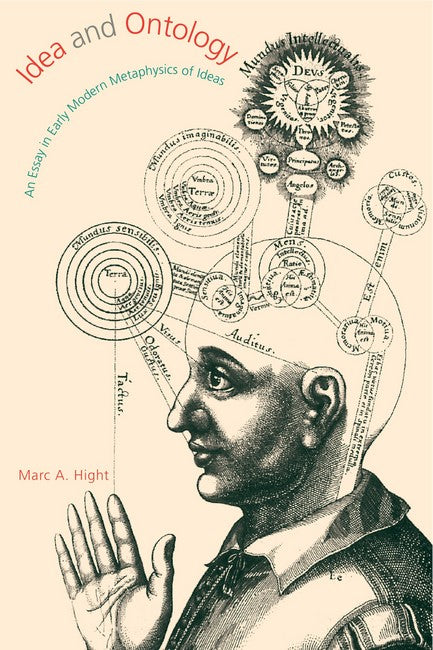Contents
Acknowledgments
List of Abbreviations
Introduction: Idea Ontology and the Early Modern Tale
1. The Traditional Ontology
1.1 Substance
1.2 Modes
1.3 What Is an Idea?
1.4 Stretching Idea Ontologies
2. Descartes
2.1 Representation
2.2 Perception, Ideas, and Images
2.3 Innate Ideas, Dispositions, and Causes
2.4 The Complications of the Passions
3. The Cartesians: Malebranche and Arnauld
3.1 Malebranche’s Theory of Ideas
3.2 Substantializing Ideas
3.3 Attacking Modes
3.4 A New Ontology?
3.5 Arnauld’s Theory of Ideas
3.6 Critique of Malebranche
3.7 The Cartesian Debate
4. Locke
4.1 Locke “Deontologized”
4.2 Lennon’s Locke
4.3 Locke’s Contemporaries
4.4 Locke’s Implicit Ontology
5. Leibniz
5.1 Resolving a “Tension”
5.2 Ideas as Dispositions
5.3 Reading Leibniz
5.4 Ideas: Being One vs. Having One
5.5 Innate Ideas
5.6 Difficulties with Dispositions
5.7 Ideas as Modes
6. Berkeley
6.1 Minds and Ideas
6.2 Ideas as Objects
6.3 Ideas as Modes
6.4 Qualities
6.5 Unperceived Existence
6.6 Phenomenalism
6.7 Berkeley and the Early Modern Tale
7. Divine Ideas
7.1 Divine Ideas and Archetypes
7.2 “In” the Mind of God
7.3 Permutations
7.4 Defending Berkeley’s Theory of Divine Ideas
7.5 Fleeting Ideas
8. Abstraction and Heterogeneity
8.1 Abstract Ideas
8.2 Kinds of Abstraction
8.3 Berkeley’s Attack
8.4 Berkeley’s Solution: General Ideas
8.5 Perceptual Heterogeneity
8.6 The Molyneux Thought Experiment
8.7 The Argument from Difference in Content
8.8 Adding Visible and Tangible Lines
8.9 Heterogeneity and the Nature of Ideas
8.10 Ontology to Heterogeneity
9. Hume and Idea Ontology
9.1 Perceptions as Substances
9.2 Dependent Perceptions
9.3 Concluding Remarks: The Demise of the Early Modern Tale
References
Index

